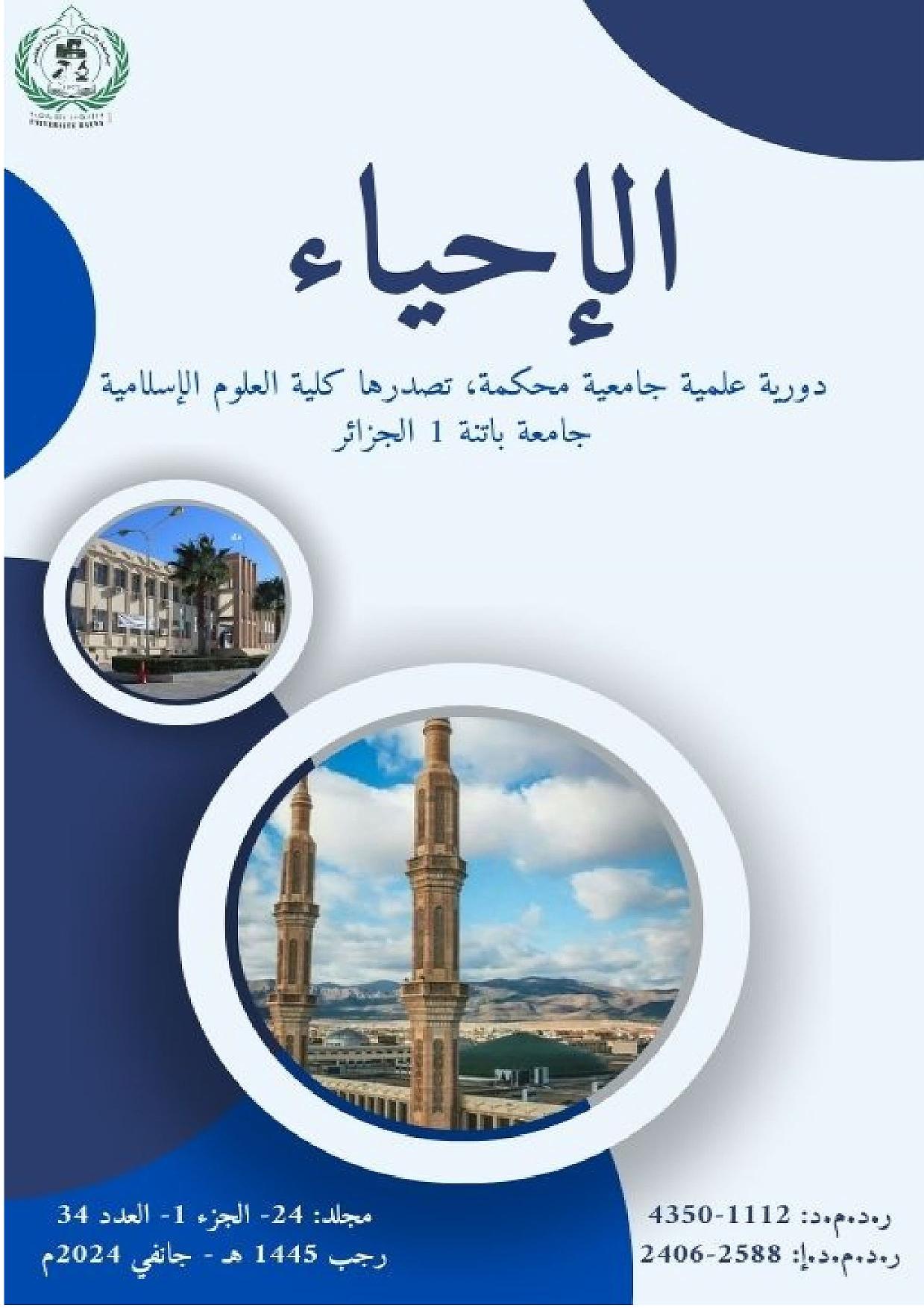The Image of the Muslim in the Memoirs of captives in Algeria Eyalet: A Imagology Approach (1183- 1253 AH/ 1769- 1837 AD)
DOI:
https://doi.org/10.59791/ihy.v24i1.3847Keywords:
The captives, Ottoman era, Imagology, John Foss, Gerit MetzonAbstract
The captives who lived in Algeria during the Ottoman era left many memoirs which today represent extremely important sources for writing the history of modern Algeria. Due to the condition of being captives and the accompanying psychological circumstances, the impressions recorded by these captives were not merely a historical record of the events they witnessed. Rather, they were an expression of judgments that these prisoners launched against the state and the people they considered to be the cause of their suffering and separation from their families and their pains. This study aims to examine these images that European and American captives recorded about Algerians as Muslims. These captives believed that Islam was the religion that dictated Algerians' behavior, controlled their way of life, and their perspective on things. By adopting a Imagology approach, we will uncover the difference between what is historical in these images and what is simply a continuation of the stereotypical image that European Christians have carried about Islam and Muslims since the Middle Ages, especially since the violent encounters of the Crusades, where this image remained entrenched in the Christian imagination about Islam
Downloads
Published
How to Cite
Issue
Section
License

This work is licensed under a Creative Commons Attribution-NonCommercial-NoDerivatives 4.0 International License.





